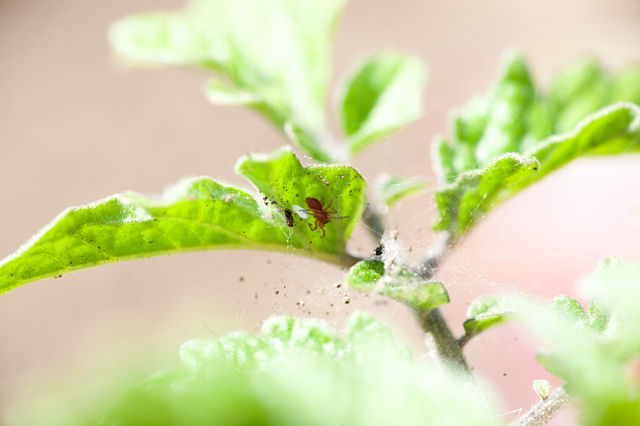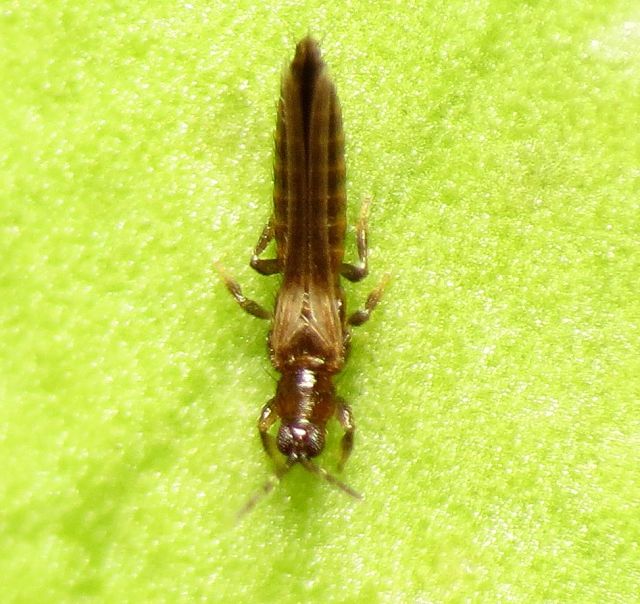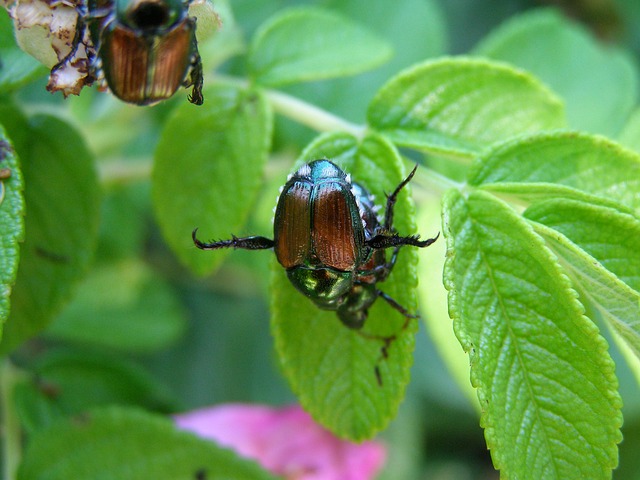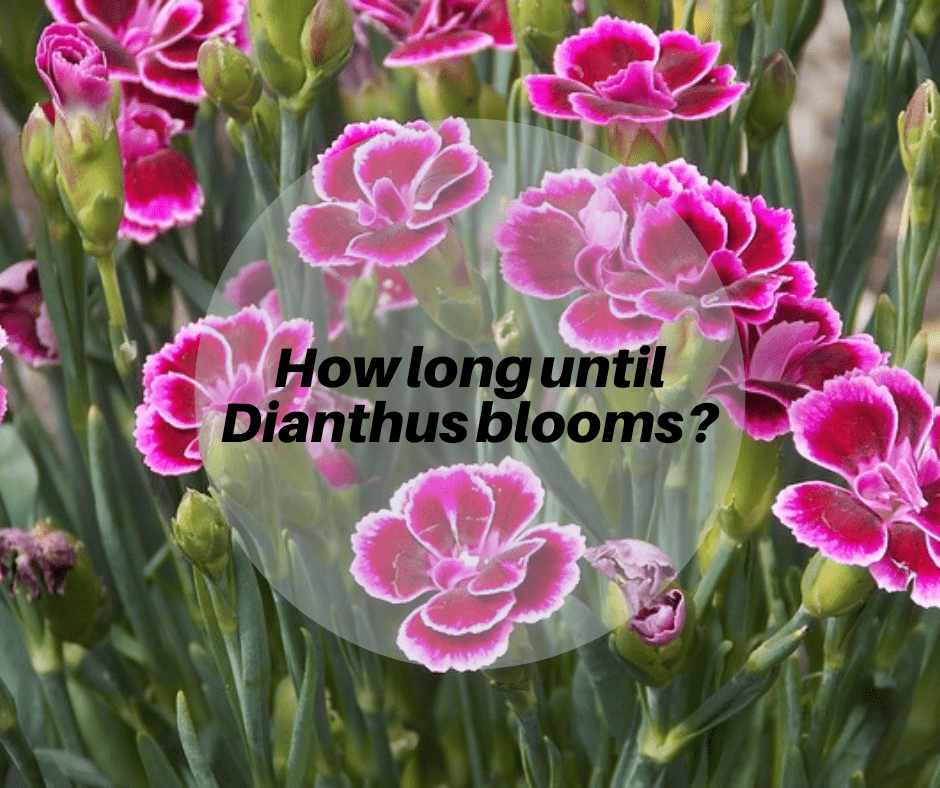This post may contain affiliate links. As an Amazon Associate we earn from qualifying purchases.
Ready for some cheery color in the garden? Plant cosmos (Cosmos bipinnatus) and you’ll have loads of it. A Mexican import that grows from 1 to 3 feet in height, it’s also a versatile plant, flourishing in containers as well as garden beds. Cosmos is an annual that loves hot weather, rarely needs watering and attracts butterflies to the garden.
Let’s get those Cosmos bipinnatus seeds planted
Wait until the last frost date in your area to plant Cosmos bipinnatus seeds (find your USDA growing zone here). Then, choose a sunny spot in the garden where the soil drains well.
If the soil temperature is warm enough (at least 70 degrees Fahrenheit), cosmos seeds can germinate in as little as a week. If not, give them three to four weeks and they’ll be peeking from the soil.
Lay the seeds on top of the soil and cover with a very thin layer of sand or soil. Water carefully to avoid washing the seeds away and keep the soil moist while the seeds germinate.
You’ll see the first flowers about 50 days after germination.
You won’t need to fertilize your cosmos but you will need to prune them several times during the growing season. Deadhead them frequently by snipping the dead flowers’ stems back into the foliage.
When the cosmos produces seed pods, cut the plants back to a height of 3 to 4 inches, but leave the pods on the soil to, hopefully, produce new cosmos.
When flowering is complete (which is typically every month), cut the plants back to a height of 12 inches. This helps it get on with the next flower show.

What pests do Cosmos bipinnatus get?
Butterflies aren’t the only critters attracted to Cosmos bipinnatus. Depending on your region, the most care you’ll need to give cosmos is battling the bugs who love the plants as much as you do.
Aphids
Two types of aphids bother cosmos: a foliage eater and a root dweller. Aphids have specialized structures in their mouths that allow them to suck the juices from a plant.
While the foliage-munchers can sometimes be knocked off a plant with a strong blast of water, control of the root dwellers – the western aster root aphid – requires an insecticide soil drench, or use nematodes, a safer, biological control method (see the Resources section at the end of this post).
You’ll know the cosmos has root aphids if it is yellow and growth is stunted and there are no other pests on the aboveground portions of the plant.
Warning: Always apply nematodes to moist soil
Thrips
Thrips is a small, yellow or light-to dark-brown winged insect that feeds on the cosmos’ flowers. It is rarely found on the plant’s foliage.
Damage includes wilting, a loss of color and premature drop. Thrips has an 11- to 13-day lifecycle that requires an air temperature at or above 80 degrees Fahrenheit during that time.
Eggs are laid in the flower and hatch within 80 hours. Use a neem oil spray to control thrips. The product must be applied as soon as you notice an infestation.

Spider Mites
Spider mite infestations are easy to diagnose: these critters leave a spider-like webbing on the cosmos, especially in the areas where the leaves join the stems.
Spider mites damage the cosmos by scraping the foliage and then sucking out the juices. The leaves then take on a gray cast and drop from the plant.
Spider mites frequently kill cosmos, so you need to kill them first. You can do this with Southern Ag’s Triple Action Neem Oil (see the Resources section, below).
We love this stuff because it can be used to control aphids, mites and thrips.
By the way, miticides don’t destroy the eggs, so reapply every 10 days until the infestation is under control.
The University of California Statewide Integrated Pest Management website includes in-depth information on control of spider mites.
Japanese Beetle
The Japanese beetle is especially fond of cosmos and feeds on the leaves as well as the flowers. These guys are voracious and have a tendency to invite their friends via a special pheromone, so where there is one, there are most likely others.
Suspect Japanese beetles if the cosmos’ foliage begins to take on a lacey appearance. This is known as skeletonizing and if you don’t control the pests, they will skeletonize the entire plant.
Luckily, Japanese beetles are large and easy to see. Take a bucket of soapy water to the garden, early in the morning, and knock the Japanese beetles into it.
Learn more about Japanese beetles from the University of Minnesota Extension.






